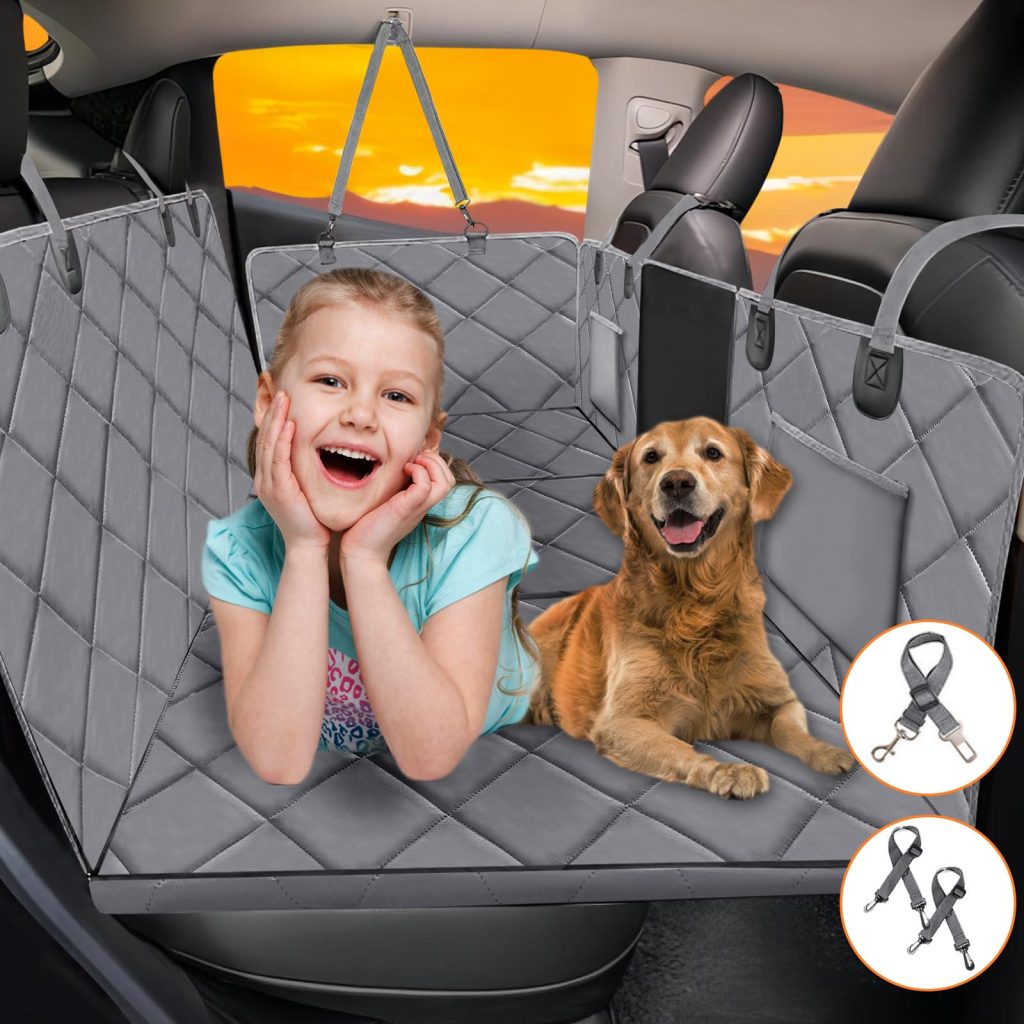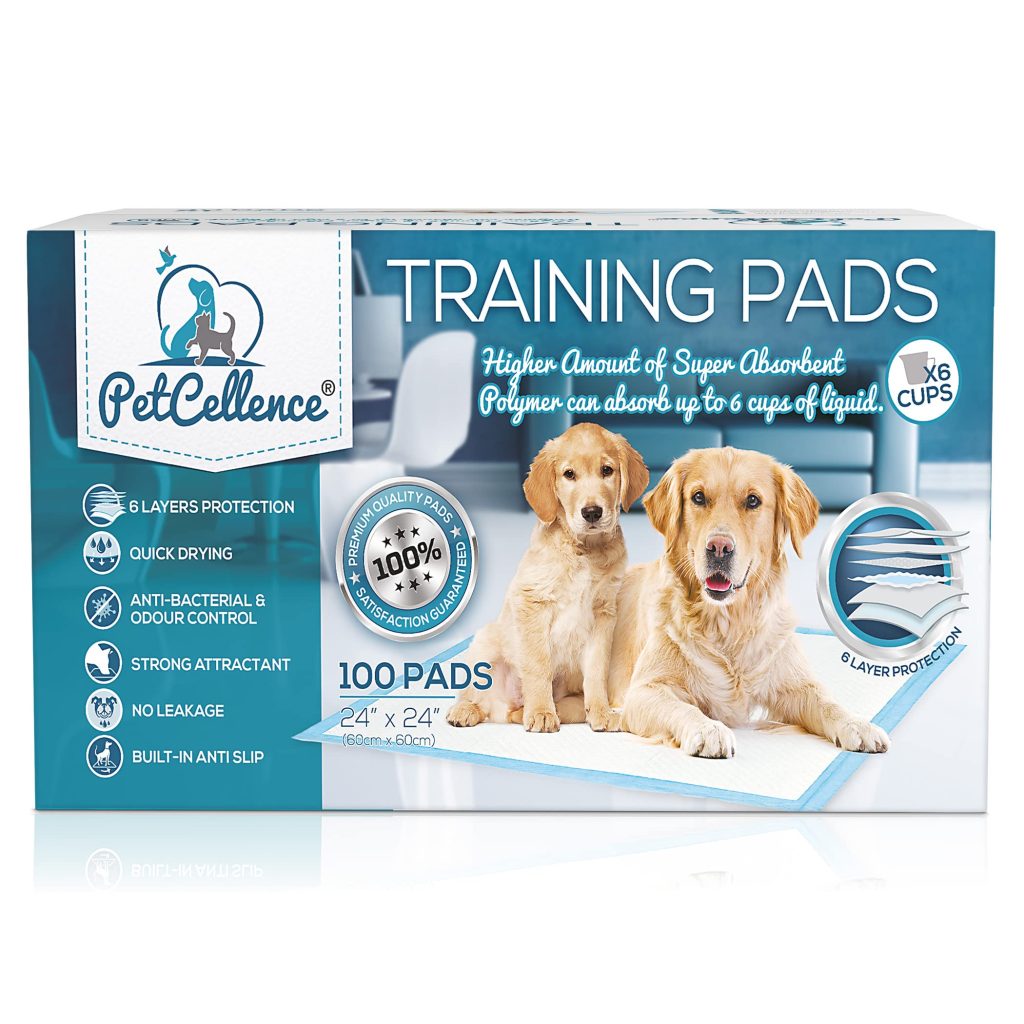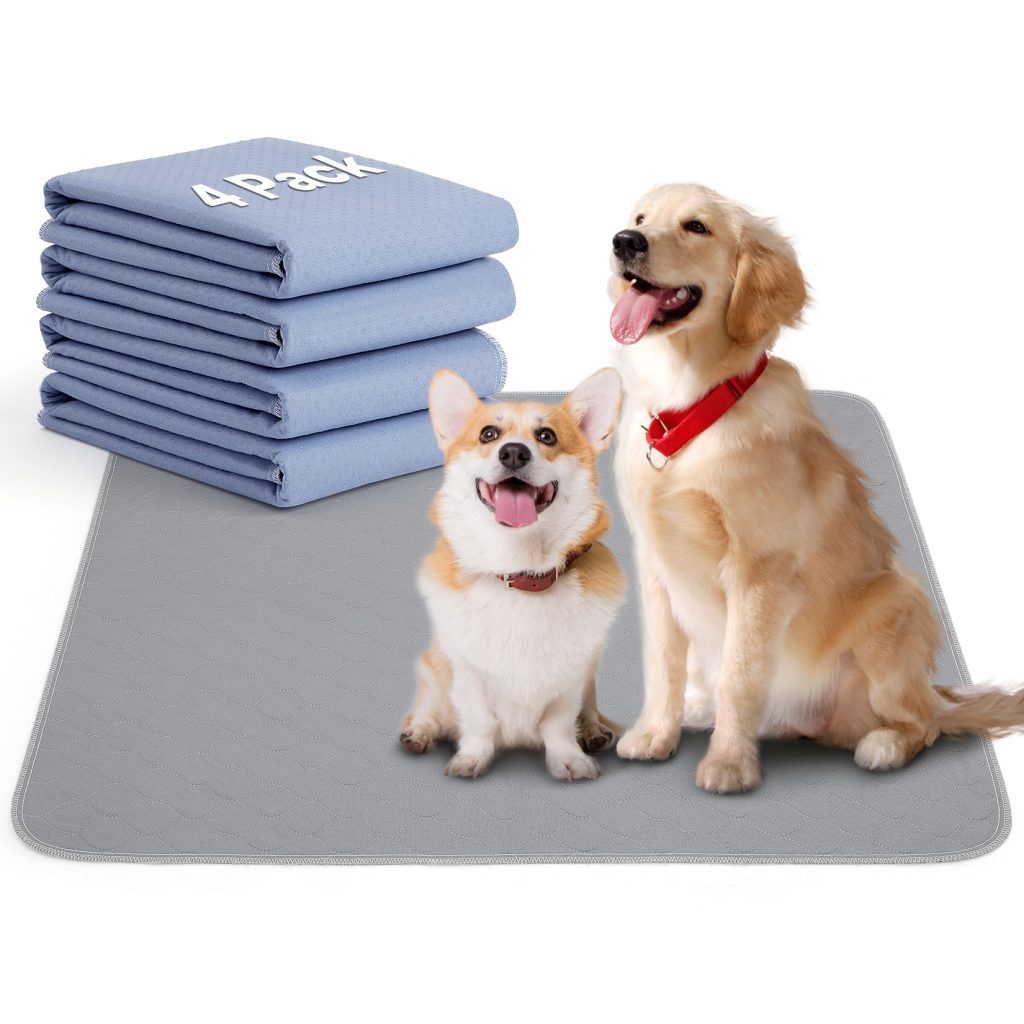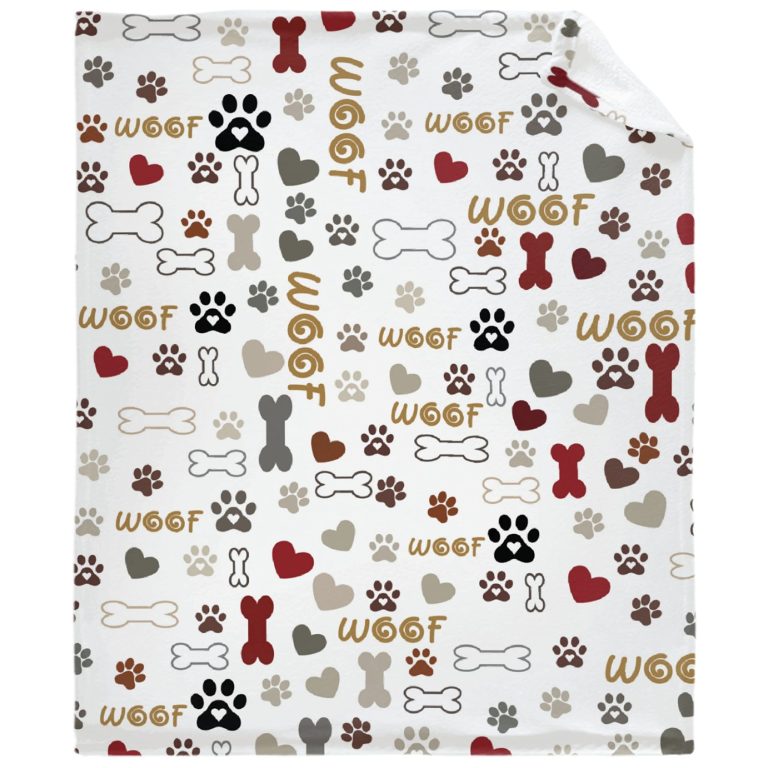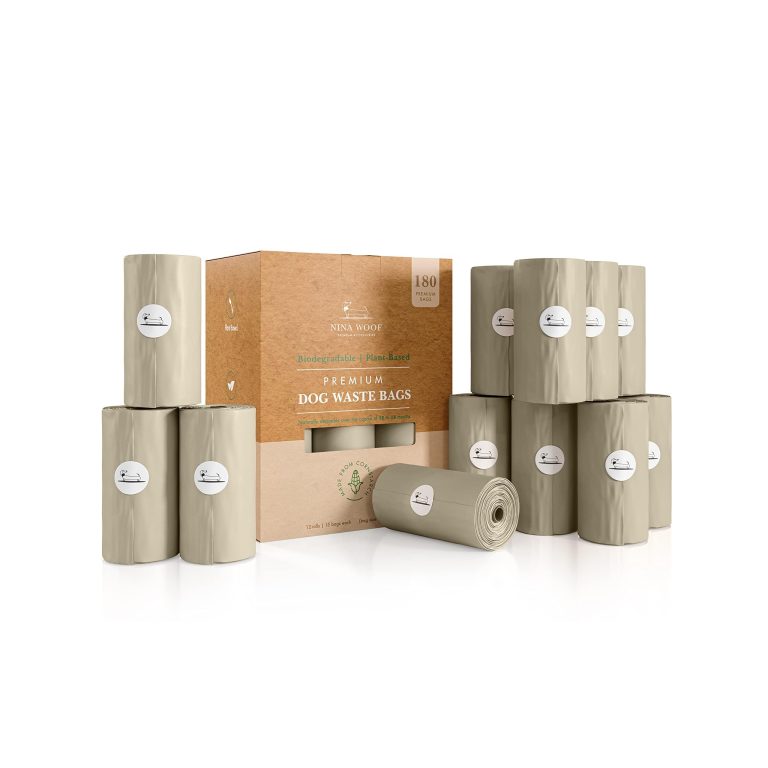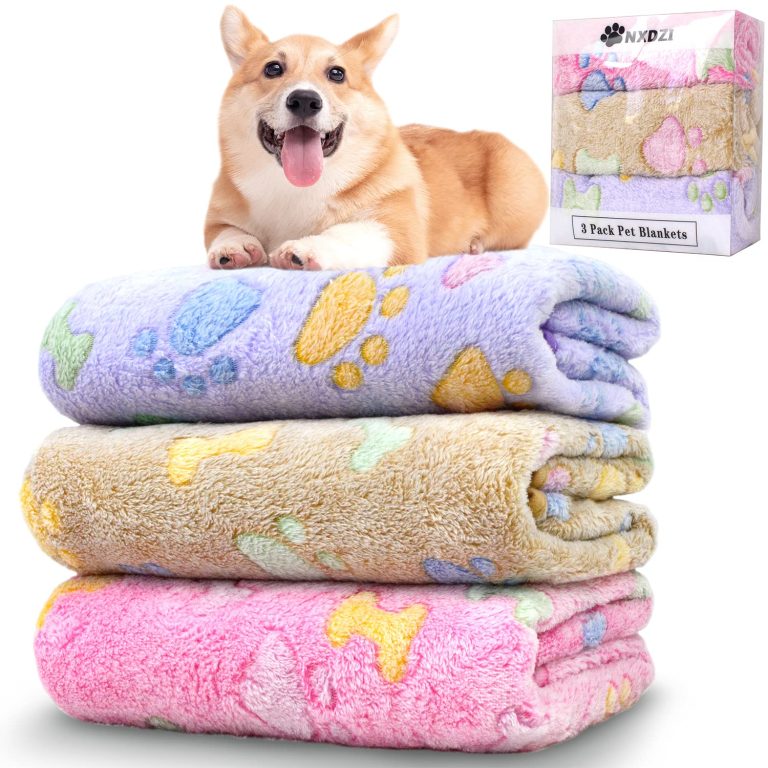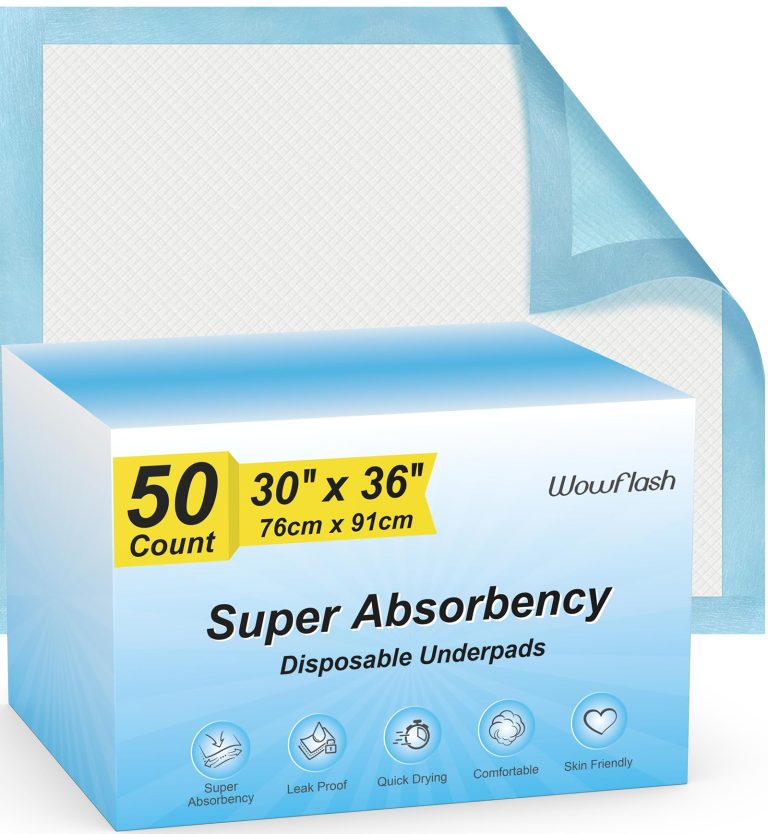Understanding Carbohydrates in Dog’s Diet
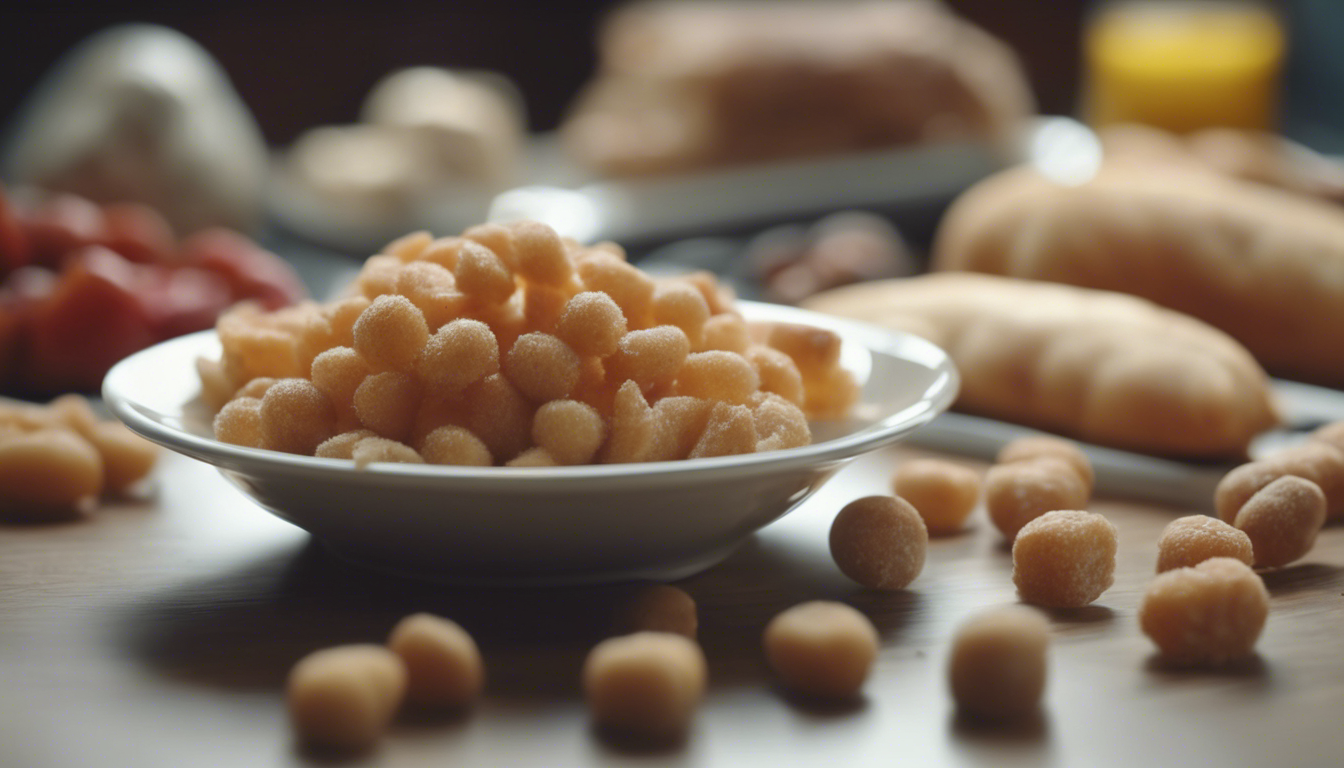
The Role of Carbohydrates in Canine Nutrition
When you scoop food into your furry friend’s bowl, chances are it is not just proteins and fats tumbling out—carbohydrates are a key part of the mix too. These energy-packed nutrients come from plants and grains, and they do more than just fuel muscles. They’re important for your dog’s overall health, supporting everything from digestion to disease prevention.
Think of carbohydrates like the kindling in your dog’s daily energy fire. They provide a quick source of energy, helping your pooch stay active and playful. But it’s not just about the zoomies and fetch games—carbs contribute to their mental energy as well. That means they can also impact how well your dog learns and performs tasks. After all, a sharp mind needs its fuel just as much as a wagging tail does.
But these nutrients aren’t all about the go-go-go; there’s also the slow and steady benefits. Dietary fiber, a type of carbohydrate, is like a street sweeper for the intestines, helping keep things tidy and moving along digestively. Soluble fibers can even help manage blood sugar levels, while insoluble fibers ensure a smooth-running digestive tract.
Plus, there’s the immunity aspect. Some carbs feed the good bacteria in your dog’s gut. These microscopic friends are the unsung heroes, supporting your pup’s immune system to battle against illnesses and keep them feeling top-dog.
And remember, it is not just working dogs hauling sleds or scoring goals on the agility course that need carbs. Even your couch-cuddling companion benefits from a balanced diet that includes these energy-rich nutrients. The key is to serve the right carbs, in the right amounts, and balanced with proteins and fats—but we’ll get to that part in just a bit.
Let’s not sugarcoat it though—excessive carbs can lead to unwanted weight gain if they’re not burned off. That’s why it is crucial to match your dog’s carbohydrate intake to their lifestyle. A dozy lapdog won’t need the same carb load as a spritely frisbee enthusiast. So, while carbohydrates are certainly not the villain in the tale of your dog’s diet, they do need to be given in just the right plot-twisting amounts.
In a nutshell, carbohydrates pack a punch when it comes to keeping your dog happy, healthy, and ready for whatever adventure or snooze awaits. Next time you spot those grains or veggies in your dog’s kibble, you’ll know they’re much more than just filler—they’re part of the support crew, making sure your pup can play, thrive, and snooze, day after day.
Types of Carbohydrates and Their Sources
When it comes to carbohydrates in your dog’s diet, it’s a veritable buffet—there are different kinds, each with their own sources and benefits. Ponder of complex carbohydrates as the slow-burning logs in the fire of your dog’s metabolism. They come from sources like sweet potatoes, brown rice, and legumes. These ingredients, when cooked, offer sustained energy release, so your dog can trot around all day without crashing.
Then there are the simple carbohydrates—these are your quick, flash-in-the-pan kind of energy providers. They come from fruits and some vegetables like pumpkins and peas. But remember, these should be given with a bit of restraint; too many can spike your dog’s blood sugar, leading to those dreaded sugar highs and lows.
Let’s not forget about fiber, the roughage that keeps your dog’s digestive system in championship form. Good sources of dietary fiber for your dog include oats, barley, and bran. These not only help regulate bowel movements but also keep your dog feeling fuller longer, which is fantastic for those pooches watching their waistlines.
And for those of you dabbling in homemade dog meals, you can include carbs like quinoa, millet, and even pasta. Just make sure these are cooked well, because our canine pals can’t digest raw grains as we do. Homemade diets give you control over what types of carbohydrates your dog is eating, but they require a bit of nutritional know-how to ensure they’re balanced.
Lastly, ponder the lesser-known contributors like flaxseeds and chia seeds. These not only provide carbohydrates but they’re also loaded with beneficial omega-3 fatty acids and can add a nice crunch to your dog’s diet.
When planning your dog’s meals, think about their energy levels. High-energy breeds might do better with more complex carbohydrates in their diets, while lower-energy friends might need less. Young puppies being little bundles of energy have different requirements than senior dogs who prefer lounging to leaping about.
So there you have it—a quick rundown of carb sources for your dog. Whether you are buying premium kibble or cooking up a storm in the kitchen, keep these carb sources in mind. A little variety can make meals interesting and nutritious, keeping that tail wagging meal after meal.
Carbohydrates: How Much is Too Much for Dogs?
Now, as we delve into how much carbohydrate is ideal for dogs, it can become quite the balancing act. It’s tempting to think that because carbs provide energy, more must be better, but this is not always the case. The right amount can fuel fun and fitness, while too much might just have them flopping into their beds with more belly than bounce.
Figuring this out starts with looking at your dog’s day-to-day life. For those with boundless energy—think breeds like border collies or Jack Russell terriers—a higher carb diet might be necessary to keep up with their bustling lifestyles. These high-octane pooches burn through calories with the gusto of a kiddo in a candy shop. But for the more sedate souls—the bulldogs and basset hounds of the bunch—fewer carbohydrates are required, leaning towards the “less is more” philosophy.
Also, think age and size. Puppies seem to run on endless batteries, but they’re also growing, which means their dietary needs, including carbs, will be different from those of an adult or senior dog. Large breeds also have different nutritional requirements compared to their pint-sized pals; not only in how much they eat but also in the composition of their diets.
Creating the right mix of carbs, proteins, and fats is about more than just reading labels, though. It is important not to overfeed and to be cautious around treats. Treats are often high in carbs and calories, and it’s easy for those little “just because” rewards to add up to a mountain of extra munch. That’s where a good measure of discipline (for both of you) comes in handy—keep treats to less than 10% of their daily caloric intake, as a general rule of thumb.
If you’re considering going the homemade route, the great thing about it’s that you can tailor meals specifically to your dog’s needs. But, this requires a solid understanding of canine nutrition. Make no bones about it; it is essential to consult with a veterinary nutritionist to ensure your home-cooked meals meet all your dog’s dietary needs. It’s not just about throwing together meat, rice, and veggies—there’s a science to getting the balance right.
One way to gauge if your dog’s diet is too carb-heavy is by keeping an eye on their weight and energy levels. If your pooch is piling on pounds or seems sluggish, it could be a sign that those carb-laden meals are a tad too generous. On the flip side, a dog that’s too thin or constantly famished might not be getting enough. Changes in diet should be made gradually, and with your vet’s guidance—sudden shifts can upset your dog’s tummy, and no one wants to deal with the messy consequences of that.
To sum it up, tailoring your dog’s carb intake isn’t a one-size-fits-all scenario. It’s about understanding their individual needs and lifestyle. Keep things moderate, monitor how your dog is doing, and always be ready to make tweaks to their diet. After all, when it comes to your best friend’s health, it’s worth taking the time to get things just right—a balanced diet equals a balanced dog, ready for every game of fetch, every nap, and every cuddle.
Balancing Carbohydrates with Proteins and Fats in Dog Diets
Finding the right balance of nutrients in your dog’s diet is a bit like being a nutritionist and a chef rolled into one. To make sure your dog is getting the ideal mix of carbohydrates, proteins, and fats, you’ve got to understand how these macronutrients work together, kind of like a nutrient symphony, each playing their part to keep your pup healthy.
Proteins are the building blocks of muscle and are pivotal for repair and growth. For active dogs or those in their growth phase, high-quality proteins from meats like chicken, beef, or fish are canine gold. Now, fats might seem like something to avoid, but in dog diets, they are quite the opposite. Fats are dense sources of energy, great for keeping your dog’s coat shiny and supporting their cells.
What about carbohydrates, you ask? They come in for the assist, providing energy and important fibers. But they should never knock proteins and fats off the stage. Every dog is different; what’s ideal for one might leave another dragging their paws. So, we’re looking for that ‘Goldilocks zone’—not too much, not too little, but just right.
To give you a practical handle on this, try to feed your dog a diet that respects their ancestral dietary patterns—think of what a wild canine would eat—plenty of meats, some fats, and a smaller portion of carbs. Premium dog foods often follow a formula of about 18-25% protein, 5-15% fat, and the rest made up of carbohydrates. But remember, this can vary depending on the brand and the specific health needs of your furry buddy.
For those interested in crafting a homemade diet for their dog, it gets a bit trickier. You’ve got to be precise—too much protein can strain the kidneys, while too little could lead to muscle loss and a dull coat. Fats are needed but in moderation, as too much can lead to obesity or pancreatitis. Carbs, when not balanced, could either lead to weight issues or leave your dog low on energy.
So, how do you strike the balance? Start with a solid protein source as the meal’s anchor. Include healthy fats like omega-3s from fish oil to support brain health, and then round it out with nutritious, low-glycemic carbs. This is the sort of meal that’ll keep tails wagging and minds sharp. And again, consulting with a vet or pet nutritionist when designing a diet is super important—they’re the experts who can help you fine-tune the nutrients to keep your dog in peak condition.
Moving on to the challenge of portion control—whether it’s the manufactured kibble or a home-prepared meal, the portion sizes matter. Feeding recommendations on packages are just that—recommendations. Adjust according to your dog’s activity level. A sled-pulling husky will scoff at portions that would be ideal for your average lapdog. And for the homemade enthusiasts, a food scale and measuring cups are your best friends for keeping portions on point.
Lastly, let’s talk about monitoring. Keep an eye on your dog’s weight and energy post-meal. If they seem sluggish, maybe it’s too many carbs or fats. If they’re raring to go a second after finishing their bowl, they might need more sustenance. Adjust gradually, and if you’re ever in doubt, it’s time for a vet visit. They’ll help you tweak and fine-tune, ensuring your dog’s menu is not just delicious, but also nutritionally spot-on.
A balanced diet is an act of love. It gives your dog the energy to fetch, the health to heal, and the nutrients to flourish. Every day with your dog is an opportunity to provide them with the very best, and that begins with what’s in their bowl.
